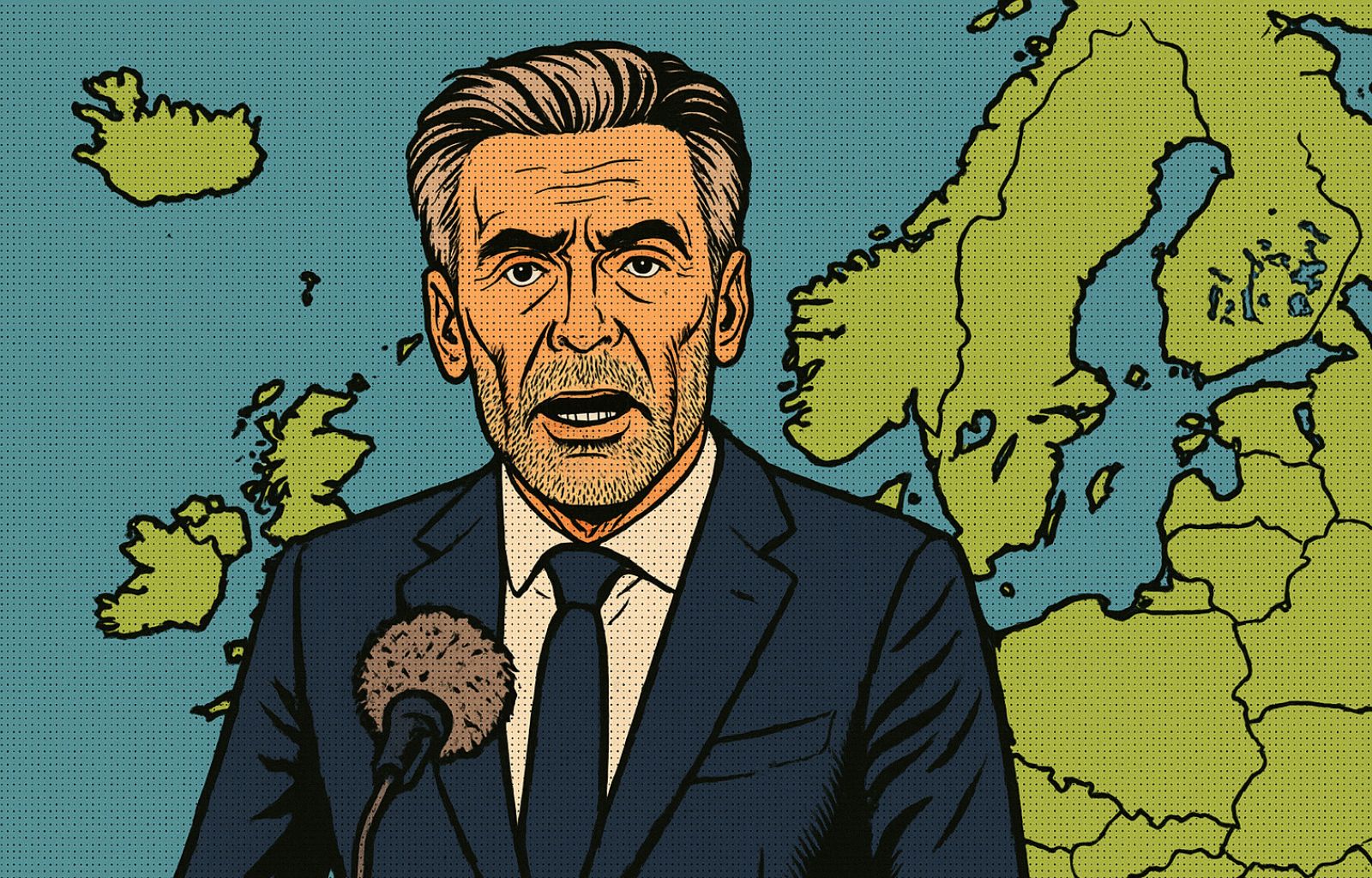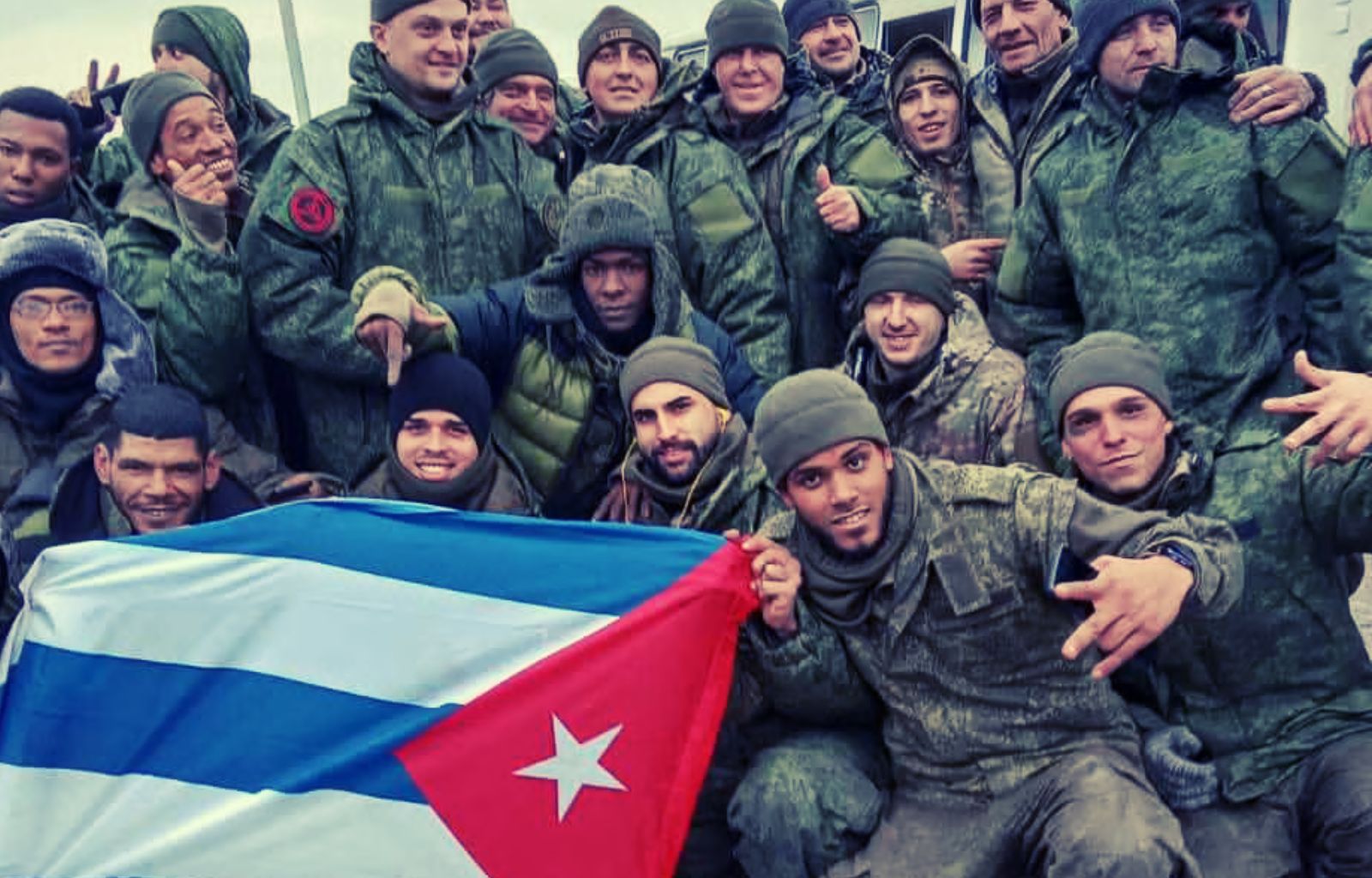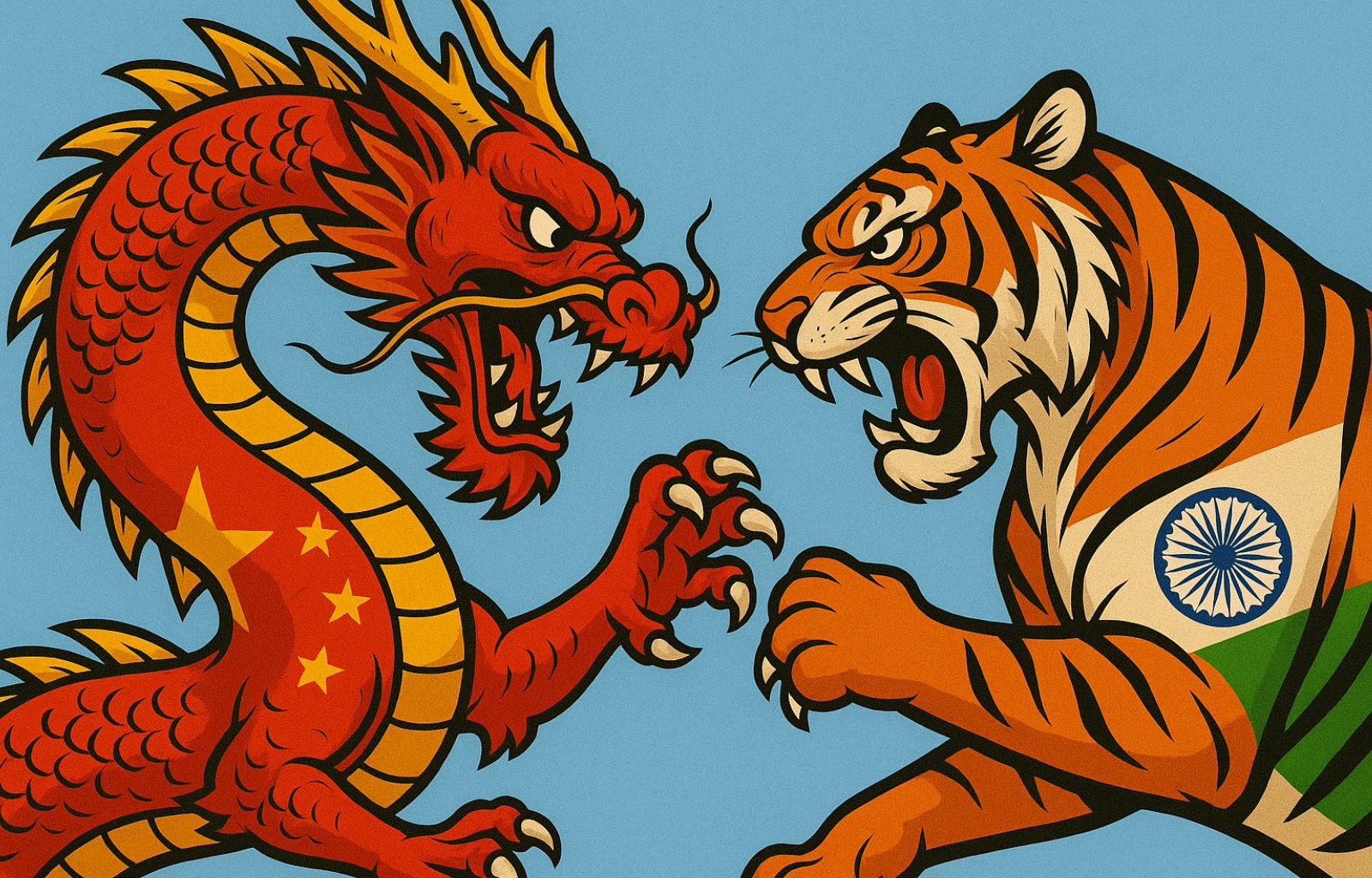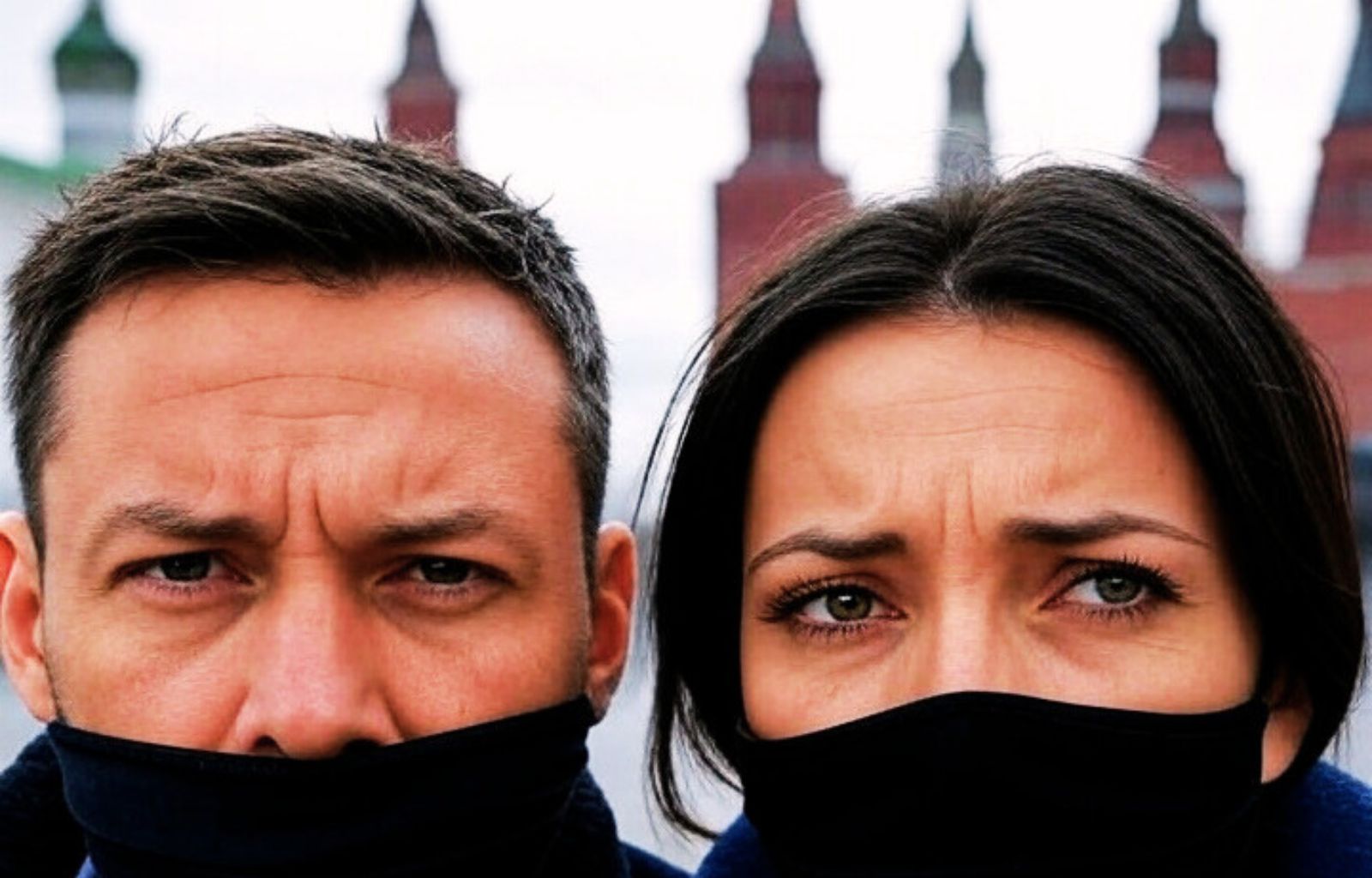A truck won the greatest air battle of the 21st century
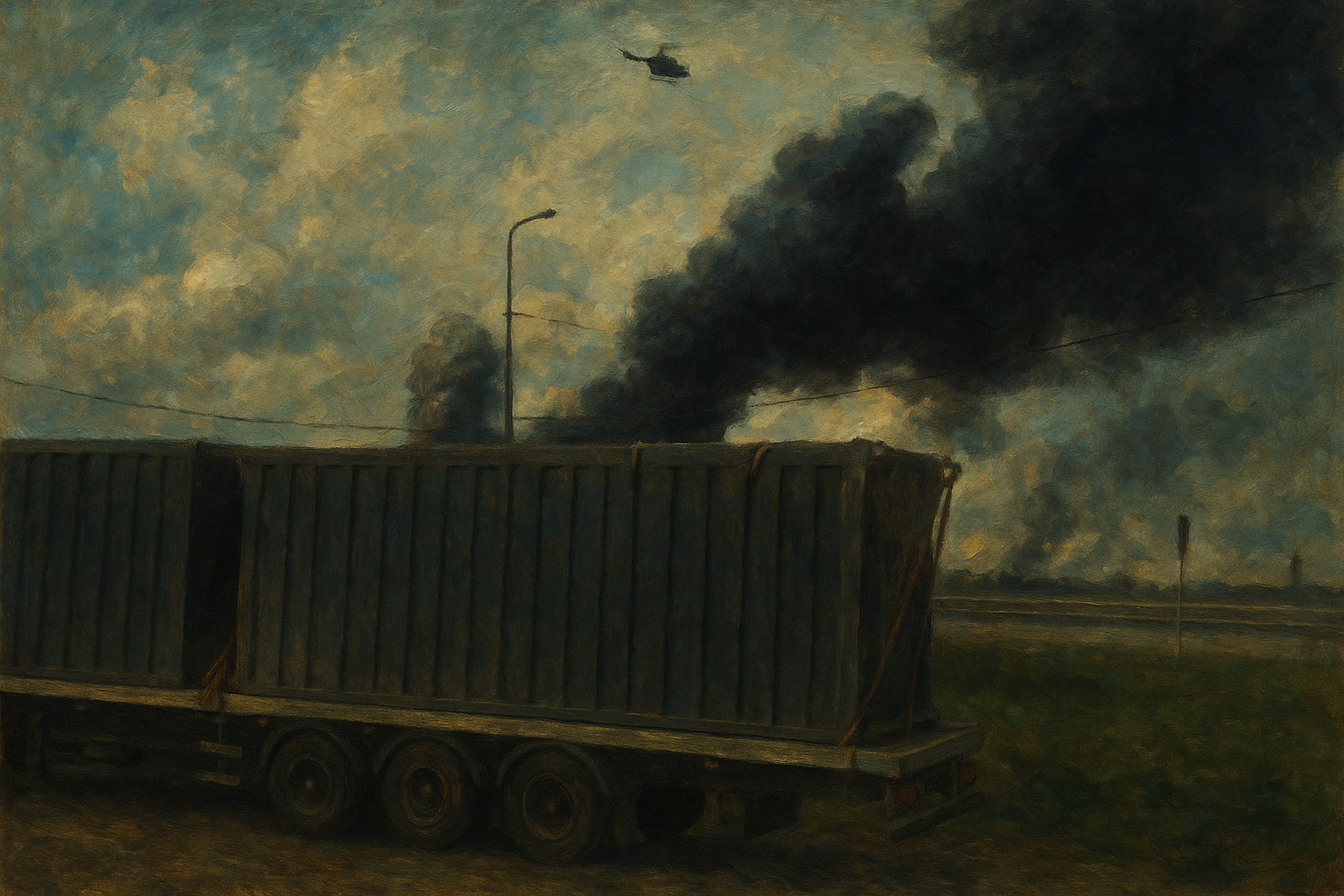
“On 1 June, Russia lost twenty nuclear bombers in a single day”.
It sounds like a sentence from a dystopian or apocalyptic novel, in which the air fleets of the great powers compete in the skies while explosions on the ground wipe out millions of lives.
Moreover, if we were reading this news in the bulletin of a sci-fi war, we would think that Russia was in serious crisis.
Instead, it is the result of a simple but ingenious operation concocted by the Ukrainian secret services: Operation Spiderweb.
A perfect plan
Preparations began a year and a half ago. The drones were manufactured in Kazakhstan with 3D printers. They programmed to connect to the Russian Internet network and then they were hidden in the roof of some prefabricated wooden houses. The latter were exported with ease to Russia inside five trucks.
The lorries, all belonging to the same company, were then randomly ordered to be delivered to the five bases in Olenya (Arctic region of Murmansk), Ivanovo (near the capital Moscow), Diaghilevo (Caucasian region of Ryazan), Belaya (in Siberia, not far from the famous Lake Baykal) and Ukrainka ( Amur region in the Far East).
So as not to arouse suspicion, the fake customers who had bought the prefabricated houses did not live in the precise towns where the bases are built. The five truck drivers, however, were instructed by the owner of the company (the mysterious 37-year-old ‘Artyom’) to stop for their obligatory stop at cafes or petrol stations, which were in Olenya, Ivanovo, Diaghilevo, Belaya and Ukrainka.
Once there, the trucks opened automatically without the knowledge of the drivers themselves, and the 117 drones swarmed over the military airports.
Resembling spiders, that descend by surprise from the spiderweb onto their defenceless prey.
Their flight itinerary had been set in advance, but once they arrived at their destination , they had to use Artificial Intelligence to recognise what a Russian bomber looks like and even where its weak points are, such as the wing joints or the fuel tank.
No problem, however: the Ukrainians had an abundant dataset of images on which to train the AI, since a museum of Soviet-era strategic (i.e. nuclear-capable) aviation is still open in Poltava.
(By the way: too often in the past three years, mainstream media have spread an image of Ukraine as an Arcadian plain all wheat and sunflowers, keeping quiet about the fact that it was also the industrial heart of the USSR and remembers it well).
Those Soviet-era bombers, the infamous Tupolevs, are still the only ones the Russians have available. Russians have not built any more and are no longer able to build new ones, let it alone under the sanctions regime. Therefore, any loss of a Tupolev bomber is irreparable.
The material impact
Columns of smoke began to be spotted and filmed minutes after the attack.
Ukrainian President Zelensky announced to the world that 41 strategic bombers had been hit, about a third of the 120 (of which around 80 are operational) that Russia possesses.
From the satellite images available to the general public, thanks to companies such as Maxar and Umbra Space, it has so far been possible to confirm 13 successful hits.
Russian estimates instead speak of a total of 20 lost aircraft, the most valuable of which would not be bombers but two Beriev A-50s, the Federation’s Airborne Warning and Control Systems (AWACS).
These are real flying radars, which during an air war enable real-time awareness of the enemy’s moves and coordination of their squadrons.
After Ukraine had shot down one in 2023 and another in 2024, only five remained operational: thus, if indeed Operation Spider’s Web eliminated two more, by now covering the entire Russian territory in the event of an existential conflict (e.g. against the US or China) would be almost impossible.
The Kremlin’s ‘nuclear trident’, consisting of submarines, land-based missile bases, and strategic aviation, now has its third point severely weakened compared to its two potential rivals.
Is it still conceivable for Putin to threaten an atomic conflict under these disadvantaged conditions?
The moral impact
It is difficult to describe how exciting the success of Operation Spiderweb has been for the Ukrainian people.
The deadliest missile attacks that had hit Ukrainian cities in the past three years had almost always involved Tupolev bombers, alongside Sukhoi fighters and Shahed drones. Seeing them blown up en masse looked like a just revenge, ennobled even more by the fact that it was bloodless and without human casualties.
The taste for revenge was mixed with momentary relief: judging by the images, several of the bombers hit were already loaded with Kh-101 missiles, ready to carry out another massacre.
Already on the night of 31 May, 472 drones and seven ballistic missiles had been fired at Ukrainian civilians, killing nine people and injuring fifty. The Cossack country’s anti-aircraft defences were in serious trouble.
For the night of 1 June, an even worse massacre was apparently planned, the purpose of which one can guess: to bring the Ukrainians to their knees ahead of 2 June, when the humiliating talks were to be held in Istanbul, in which Ukraine is being forced to participate due to the electoral needs of the new American president.
Humiliating talks because each time Russia sends a delegation of second-rate bureaucrats, to whom it nevertheless puts the usual demands for complete surrender into their mouths: final surrender of five regions, renunciation of heavy weapons and international allies, ‘supervised’ elections…in a word, a return to the status of a subjugated province as if nothing had happened in the last 35 years.
Until that night, in short, Putin’s Russia had continued to think of itself as a great imperial power grappling with a vassal statelet that needed to be punished and brought back to obedience, alternating patience with threats and blind violence with magnanimity.
Even the pro-Russians clogging up our social media live off this need for a paternal, persevering and self-confident Russia, towering over the ‘petit-bourgeois’ agitation of the Europeans and their Ukrainian imitators. A need that in my opinion has psychological and character roots far more than political ones.
Medvedev, Putin’s not always sober minister, has repeatedly wallowed in it, reminding his fans that only Russia and Trumpian America sit at the negotiating table, while the Europeans are ‘under the table’ like dogs or ‘over the table’ like cooked meat.
Russia’s fascination with American MAGA is almost entirely due to this projection of Russia as a hierarchical, feudal, pre-modern country and despite this – or precisely because of this! – invulnerable. Putin’s regime rests entirely on its ability to instil fear in its enemies and admiration in its servants.
Well, if that’s the case, losing twenty bombers to drones that jumped out of a truck is an unmitigated catastrophe.
It is a huge blow to the fairy tale of Russian invulnerability, which boosts the supporters of the hard line against Putin: the Republicans themselves in the US Congress are now talking about new sanctions in a shade they would not have even dreamed of using a few months ago.
In a war that cannot be won on the ground, because today’s military technology prevents any quick manoeuvres, and cannot even be settled by agreement, because the very existence of the Ukrainian people and the Russian regime is at stake, to demolish Putin’s international prestige is a must. It demoralises his servants (internal and external), emboldens his enemies (internal and external) and hastens the closing of the stranglehold around him (inside and outside Russia).
It is no coincidence that on 3 June the Ukrainian 007s scored another spectacular blow against the Crimean bridge, of which this time they damaged the underwater foundations instead of the roadspan.
Repairing it, therefore, will not be as easy as it was in 2023. Another wound in the pride of the dictator, of whom the bridge has always been, by his own will, a visible symbol.
The web, which knows this, has already unleashed its irony, with AI-generated footage in which an underwater truck goes to destroy the bridge pylons. The Kremlin, however, should be more concerned about what is happening on the Chinese web, where the ultranationalists awaiting the collapse of Russia and the recapture of Vladivostok are euphoric to say the least.
There was no more time
One question arises, however: if Operation Spiderweb had been ready for more than a year, why trigger it now?
The answer I give myself has a bitter aftertaste: because Ukraine really is going through its most difficult time.
Since the Russian army has mastered fibre-optic drones, repelling its advances has come at an intolerable blood cost. Right now, 125,000 men have returned to invade the northern regions of Kharkiv and Sumy, several brigades have returned to the assault in the southern region of Zaporizhzhia, and these are but two diversions from the main offensive in the east, which is trying to overrun the three strongholds of Pokrovsk, Toretsk and Chasiv Yar.
With their anti-aircraft defences exhausted, the Ukrainians are suffering losses they once would not have: Mikhailo Drapatyi, the beloved young infantry commander, resigned after a Russian missile hit a training range in Dnipro. The alarm had been sounded, the recruits had been taken down to the bunkers, but the impact still killed 12 and wounded 60.
Without anti-aircraft defences, these casualties are inevitable, and without US support, the anti-aircraft defences will remain undefended.
In short, there was no more time. A gigantic moral and communicative victory such as that of 1 June was as necessary as oxygen, in order to try to realign all the international support it needed around Kiev.


